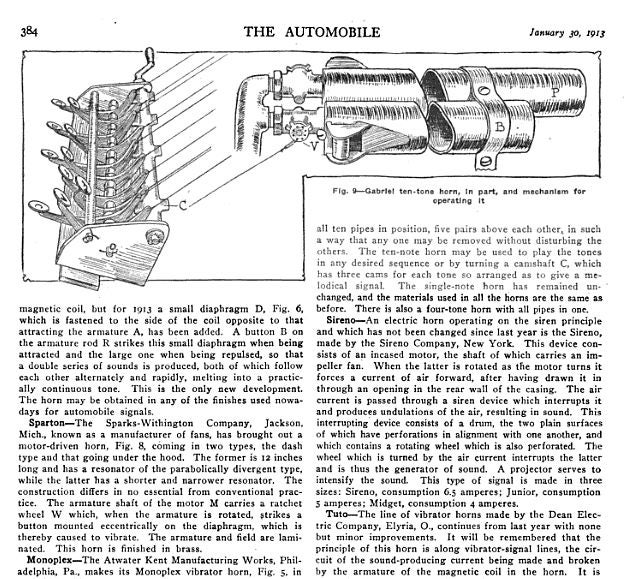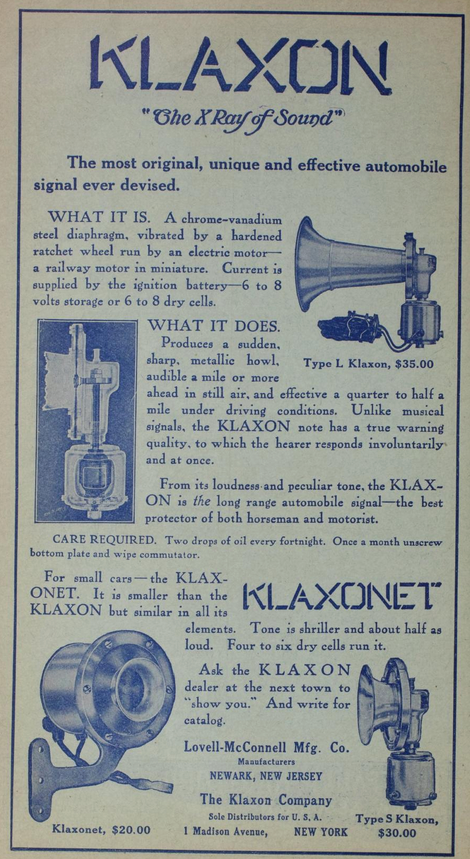Toyota has decided that the way to get people excited about electric vehicles is to give consumers the illusion of driving a stick shift, fake vroom sound and all. The simulated manual transmission and other emerging features give customers “a truly ‘WOW! Experience,’ ” Takero Kato, the president of Toyota’s BEV Factory, told a workshop on the future of cars outside Tokyo last week. (The CAPITALIZATION and exclamation point come from the carmaker’s official English subtitling of the presentation.) The company may roll out the feature with its 2026 electric vehicle fleet, the Wall Street Journal reported on Tuesday.
Having spent the past week in L.A., the American city with more electric vehicle chargers than any other, I fully support more exciting alternatives to Elon Musk’s creation. There was something disconcerting about pulling up to a stoplight in Arcadia, a wealthy inland suburb where Teslas reign supreme, and encountering a trio of white Model Ys in opposing lanes. The creator of the Prius is not the obvious carmaker to break this stranglehold. Despite leading the way with the first mass-produced hybrid battery-and-gas vehicle, Toyota has lagged in embracing electric technology for years.
They could still surprise us yet. But it seems unlikely that giving electric vehicles simulated gear-changing will promptly oust Tesla as the market leader in the United States. It also seems unlikely that offering drivers the sense that they have stalled if they fumble while changing their fake gears (a feature that the company is considering, according to the Journal) is going to create electric converts. But the fake vroom does seem poised to win Toyota some unlikely allies—or at least align it with the long history of making cars intentionally noisier.
Electric cars are currently in the throes of an auditory identity crisis. Just like our cellphones or laptops, electric and hybrid vehicles are generally quiet. This makes them difficult for pedestrians, cyclists, and Jamie Lynn Spears’ pets to hear them coming.
“We have now lost—I don’t want to tell you how many cats—because they don’t hear the Tesla crank and unfortunate things happen and it’s really devastating and tragic for everyone involved,” Britney Spears’ sister said in a widely mocked Instagram post a couple of years back.
But she had a point! Hybrids and electric vehicles are far more likely to collide with pedestrians or bikes than are vehicles with traditional combustion engines, the National Highway Traffic Safety Administration has found. The agency’s analysis points to quietness as a likely culprit. To address the issue, in 2018 the NHTSA began requiring electric vehicles and hybrids to emit sounds while operating under 19 mph.
The auditory regulations, which have continued to evolve since then, have critics. Some say that it makes sense to implement noisemakers, but only at slower speeds. Others want to see more guidance about what noises can be used. Still others feel that government agencies should focus on making cities and streets less noisy, an alternate way of helping people notice electric cars. “A discordant symphony of clown-car sound effects at every intersection isn’t going to be the big change that makes the world more walkable or cyclable,” Jameson Dow, a writer for Electrek, an electric vehicle–focused publication, argued in March.
Musk’s approach to noising up his cars has also created some unexpected issues, like lithium-fueled flatulence. In 2020, Tesla unveiled the Pedestrian Warning System Boombox, which allows drivers to play sounds through their car’s external speakers. In the official Tesla Model 3 user manual, for example, the automaker suggests projecting a modulated version of your voice or “your preferred fart style.” Truly. Last year the National Highway Traffic Safety Administration—aka the “fun police,” according to Musk—required Tesla to disable Boombox when the car is moving, leading to a recall of 500,000 vehicles. You can still project whatever you want in park mode, according to the manual.
When it comes to car noise, we’re reaching a pivotal crossroads, says Matthew Jordan, a communications professor at Pennsylvania State University and author of the book Danger Sound Klaxon!:The Horn that Changed History. By 2050, 40 to 75 percent of vehicles on the road in the United States will likely be electric. This should help reduce carbon emissions and air pollution. But it also means that city streets and freeways will sound radically different, a shift we’ll only notice briefly.
“Sounds are all relative,” Jordan told me. “We can get used to noise very quickly and get bothered by things quickly as well; it’s just about conditioning.”
The debate around electric vehicle sounds reminds Jordan of the early days of cars. Compared to horses clomping around dirt roads, rubber-wheeled vehicles speeding across smooth roads were considered problematically quiet. (Remember: There weren’t any crosswalks in the 1890s and early 1900s. ) In order to deal with this, drivers would purchase noisemaker accessories that they were supposed to use every time they backed up, passed a farmhouse, drove by a person, approached a horse, or went under a bridge. Some selected trolley gongs, others went for bells, steam whistles, or a keyboard-like device that their passengers could play to produce pipe organ–like sounds.


This created “a more polyphonous city environment” than the one we have now, Jordan told me.
By 1912, the Klaxon horn had become the dominant car-announcing noise in the United States and Europe.


Alas, the sound was so attention-grabbing that militaries used it as a mustard-gas warning, among other functions, in World War I. When soldiers returned home, they “would hear it and drop to the ground,” contributing to a shift toward horn sounds with less “sonic baggage,” Jordan said.
For the customers Toyota is targeting, the new vroom vroom is the opposite of sonic baggage. But will drivers like it? Probably not. Fake sounds have been creeping into not only hybrid and electric vehicles but also “beefy trucks and muscle cars, long revered for their iconic growl,” the Washington Post reported back in 2015. The traditional combustion engine has improved to the point that normal cars don’t need to be so noisy anymore, either—but carmakers have assumed that consumers enjoy hearing their motor’s purr. “It’s a mind-trick,” Mike Rhynard, former president of the Denver Mustang Club, told the Post’s Drew Harwell a few years ago. “And no one wants to be deceived.” But if customers enjoyed it until they knew it was fake, maybe keeping it a secret was the answer, Harwell posited.
Alas, we all know by now that electric cars are quiet. So no one is going to be fooled by Toyota’s rumble. That said, surveys have found that the most effective way to get a person to transition to an electric vehicle is to get them to try driving an electric vehicle. It’s possible that the gear-changing gimmick will pique some customers’ curiosity enough to test drive an electric car in Toyota’s 2026 fleet. Once they see that it’s not that different from driving a gas guzzler, perhaps they’ll buy one, fake sounds and all.
Future Tense is a partnership of Slate, New America, and Arizona State University that examines emerging technologies, public policy, and society.
"electric" - Google News
June 15, 2023 at 09:00PM
https://ift.tt/kfz61US
Why Toyota's electric cars would include a fake stick shift and fake engine noises. - Slate
"electric" - Google News
https://ift.tt/BKil7EI
https://ift.tt/RJWjTFG
Bagikan Berita Ini














0 Response to "Why Toyota's electric cars would include a fake stick shift and fake engine noises. - Slate"
Post a Comment